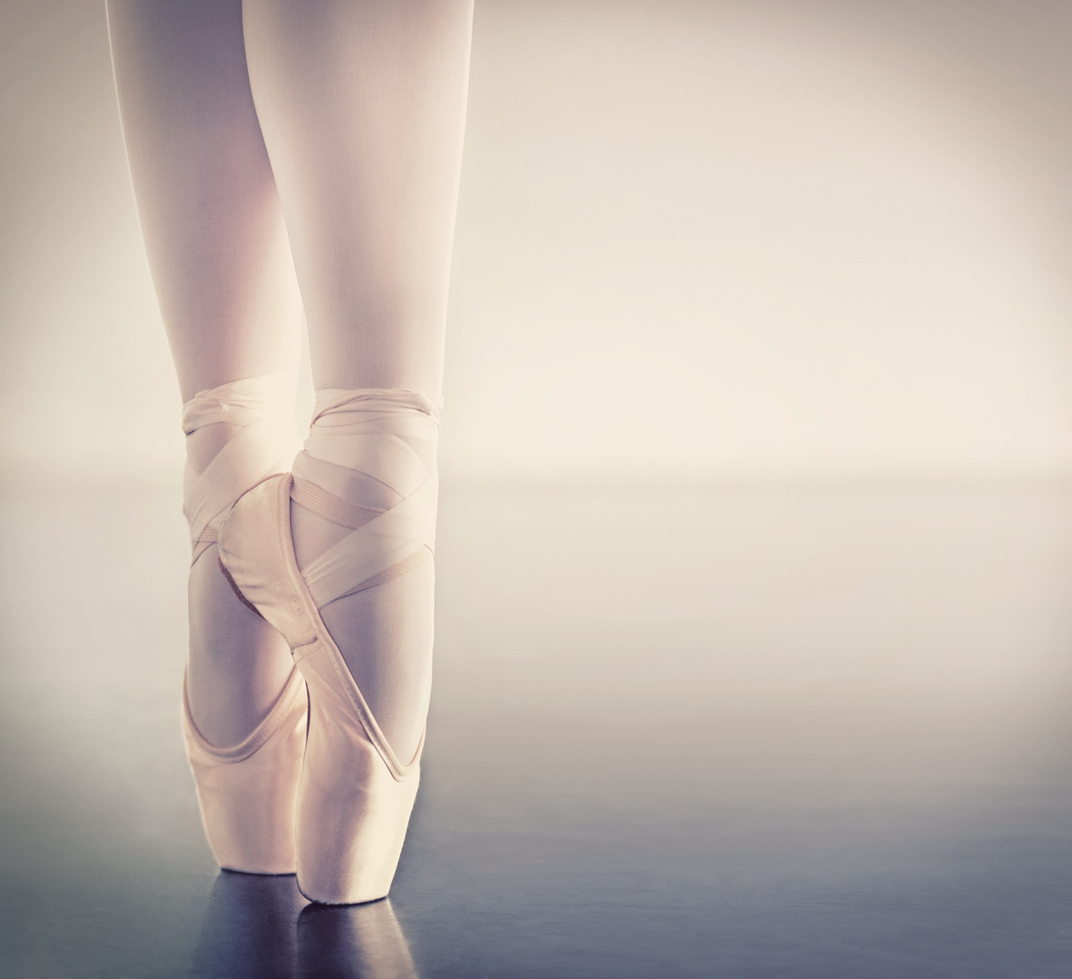The image of the poised, graceful silhouette of ballerinas gracefully tip-toeing across a stage is thanks to their pointe shoes.
Pointe shoes allow ballet dancers to support all their body weight on the tips of their toes with fully extended feet. Naturally, pointe shoes need to be designed and constructed in a certain manner to be effective. Therefore, they must be made to execute pointe techniques comfortably and safely for a ballet dancer.
Learn what goes into the production and manufacturing of pointe shoes to understand how it plays an integral role in a ballerina’s dancing capability.
Production of Durable & Flexible Materials
The constant practice of pointe work and performing this technique is quite demanding since it requires continuous use and balancing your full weight on your toes. For pointe shoes to accomplish this, they must be made of strong, durable, and flexible materials.
In which case, you can expect point shoes to be harder. Resin-based or other robust materials are used in the toe area since they can handle the full weight of the dancer and still be long-lasting. In turn, such material helps a dancer’s balance.
However, materials like leather help give flexibility to the soles of a dancer’s feet to give them fluid but intentional movement.
Manufactured for Proper Structure & Support
You can better understand how pointe shoes can support a dancer’s full weight from their toes by knowing how they’re structured. Based on the structure, you can see how pointe work is possible.
Check out these key structural features of pointe shoes:
- The Box: The box is the front end of the shoe that encases a dancer’s toes. You can recognize this area from its front end is flat. They’re typically comprised of plastic and rubber. These materials help with movement and rigidity to help support the dancer’s toes.
- The Shank: This part of pointe shoes is normally within the inside. They’re made of rigid, thick material to help stiffen the sole. In turn, it’s meant to provide arch support to help the dancer get on their toes.
- The Sole: Many ballet dancers typically stitch on their sole with a single piece of leather. Naturally, you can find this area at the bottom of pointe shoes, giving a smoother surface to help reduce traction as they dance.
Construction & Design Based on Individual Dancer
Pointe shoes are meant to conform to the individual shape of a dancer’s feet. In which case, pointe shoe manufacturers normally produce various models or offer custom-fitted ones.
The best pointe shoes consider a dancer’s toe length and shape, arch flexibility, and mechanical strength. Therefore, you can expect no two pairs of pointe shoes are alike – especially when adding ribbons and elastics. Dancers usually need to sew this by hand, which can take a couple of hours for every pair.
Furthermore, to protect any tender-toed dancers, they will include accessories such as toe tape, toe spacers, lamb’s wool, gel pads, or paper towels.
Once done constructing a pair of pointe shoes to fit their feet, dancers must break them in properly. Doing so helps their pointe shoes to fit better and make them easier to use while performing pointe work. It gives them the much-needed comfort and strength to accomplish the technique.
Pointe Shoes: A Varying Lifespan
When it comes to pointe shoes, you can expect 10-20 hours of usage out of them. Again, pointe shoes are meant to be durable, but their lifespan depends on how much wear and tear it goes through.
For some, it can mean lasting weeks or months for dance practices. Meanwhile, the high demand from a particularly arduous performance can have them worn out instantly afterwards.
Pointe shoes are an important piece of ballet shoes to pull off pointe work. The way they’re made is meant to handle the demands of performing pointe techniques. But also, it’s practically an expectation for them to conform to a ballerina’s feet for optimal performance and comfortability. They may not last very long depending on usage, but their composition has long achieved what was needed for pointe work in dancers. Its very build makes pointe techniques possible at the end of the day.
